When
THE SONORAN DESERT's foods are as diverse as its landscapes. With this in mind, researchers from the Southwest Center have teamed up with chef Janos Wilder, The Learning Curve, and the Desert Laboratory on Tumamoc Hill to bring you an interactive, multidisciplinary lecture series that we are calling Food for Thought.
Proceeds from the series will go to the Borderlands Restoration Network to directly support the Comcaac (Seri People) of coastal Sonora in their struggle with Covid-19.
When: Fridays, Sept 25 – Oct 30, 12:00-1:30pm
How: Six sessions using scheduled video links with Zoom intro and Q&A session with the instructor following each presentation
Cost: $195 for full series
$36 for individual lectures
Click here for registration info and complete details,
or send us an email to cquinteroh@arizona.edu
Gary Nabhan - Sept. 25
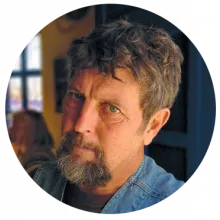
Prehistoric Menus are New Again: Ancestral Desert Foods as a Springboard to Our Future
As global food and seed supply chains are being broken and reconfigured after the pandemic to better assure food security, safety and nutrition, it is probable that our food system will undergo rapid transformation. Ironically, fresh understandings of how prehistoric indigenous diets protected communities from drought, disease and heat loads are now being used as a springboard to design new agricultural systems and diets to adapt to a hotter, drier, more uncertain world.
Jennifer Jenkins - Oct. 2
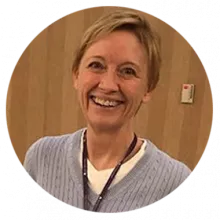
Small Town and the Big Screen: The Early History of Tucson in Cinema
This session will provide an overview of the early days of cinema production and exhibition in Tucson, with clips from silent and sound films and a layout of Tucson’s downtown theatre-scape for both English and Spanish language cinema. We’ll trace representations of space, place, and identity in the first 40 years of Tucson onscreen.
David Yetman - Oct. 9
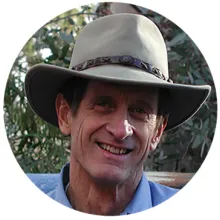
Mountains and Saguaros: Why the Plants Love the Hills
The Santa Catalina, Rincón, and Tucson Mountains are home to Arizona’s densest population of saguaro cacti and some of the richest Sonoran Desert habitat anywhere. The mountains around Tucson–the Santa Catalinas, the Rincons, and the Tucson Mountains are part of the saguaro story, and explain why the Tucson area has an archaeological history going back four thousand years. How these mountains came to be is part of the story of how our homeland came to be.
Emma Pérez - Oct. 16

From Translator to Traitor: La Malinche as a Feminist Icon in the Borderlands
La Malinche, Malintzin, was a Nahua young woman, who is often impugned for her role as translator and advisor to Hernán Cortés, the Spanish conqueror of Mexico in 1519. History has continued to hold her captive, mythologizing her so much that to be called Malinchista is equivalent to being named a traitor to one’s culture. Why is this cultural icon disparaged and can a feminist critique help us to understand how that debasement continues to imprint the borderlands?
Ben Wilder - Oct. 23
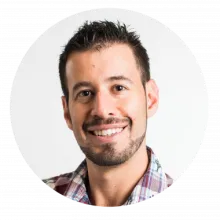
Cactus-studded Coasts: Reconnecting to the Gulf of California
The Gulf of California is the desert’s sea. Tucked between the Baja California peninsula and the mainland of Mexico, the Gulf is a world of contrasts between cactus studded coasts and a marine realm teaming with life. It is a place of cultural diversity, especially as the homeland of the Comcaac (Seri People), and a zone where remarkable geologic forces have created a landscape mirrored nowhere else. In this lecture Ben Wilder will share what makes the Gulf of California one of the most striking desert regions of the world.
Robin Reineke - Oct. 30
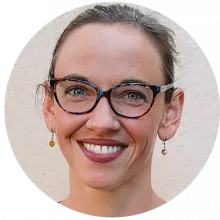
Documenting the Dead: Forensics, Mourning, and Testimony along the US-Mexico Border
Since the year 2000, an unprecedented number of people have died while crossing the U.S.-Mexico border. While exact numbers for the entire border are unknown, in Arizona alone more than 3,200 cases of human remains have been discovered along migrant trails in the desert during this time period. This talk will discuss the work of forensic experts, activists, families, and others to document these deaths and remember the victims. This local work has been innovative and unique, but also draws inspiration and direction from past movements to name and remember lives lost to violence. In this talk, Dr. Reineke will consider the similarities and differences between historic social movements to remember the dead after atrocity, including the role of forensic science, and the current work done in the borderlands to document and mourn the lives lost.

